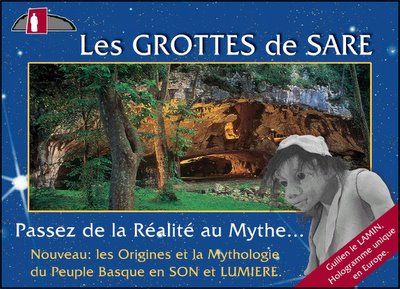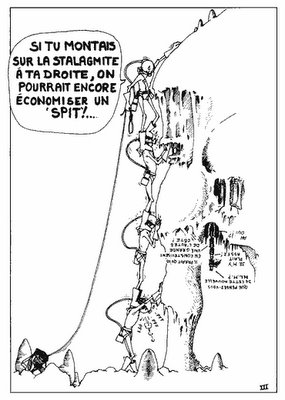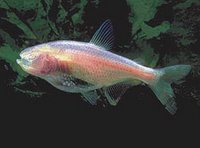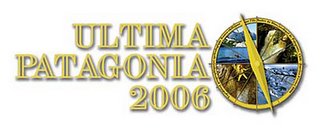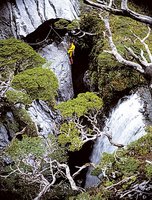
Metros
1 2160 Sima Voronja - Georgia
2 1632 Lamprechstofen-Verlorenen - Weg Schacht Austria
3 1626 Gouffre Mirolda-Lucien Bouclier (1) Francia
4 1589 Torca del Cerro - España
5 1543 Sarma - Georgia
6 1535 Réseau Jean-Bernard (2) Francia
7 1533 Cehi 2 - Eslovenia
8 1508 Vjacheslava Pantjukhina - Georgia
9 1484 Sistema Cheve (Cuicateco) - Méjico
10 1475 Sistema Huautla - Méjico
11 1441 Sistema del Trave - España
12 1429 Evren Gunay Düdeni (Peynirlikönü düdeni) - Turquía
13 1415 Boj Bulok (-1158;+257) - Uzbekistán
14 1408 Sima de las Puertas de Illamina-BU 56 - España
15 1400 Kuzgun - Turquía
16 1392 Lukina Jama-Trojama - Croacia
17 1370 Sneznaja Mezennogo - Georgia
18 1349 Sistema Arañonera (-1338;+11) - España
19 1342 Sistema de la Piedra de San Martín - España-Francia
20 1340 Sieben Hengste - Suiza
21 1320 Slovacka Jama - Croacia
22 1300 Abisso Paolo Roversi - Italia
23 1291 Cosa Nostra Loch - Austria
24 1278 Cueva Charco - Méjico
25 1273 Gouffre Berger - Francia
26 1258 Gouffre Muruk-Bérénice - Nueva-Guinea
27 1255 Pozo del Madejuno - España
28 1255 Torca de los Rebecos España
29 1241 Abisso Veliko Sbrego (Crnelsko Brezno) Eslovenia
30 1240 Sistema Vladimir Iljukhina Georgia
31 1226 Sotano Akemati Méjico
32 1223 Kijahe Xontjoa Méjico
33 1219 Schwer-Höhlensystem-Batman Höhle Austria
34 1215 Abisso Olivefer Italia
35 1208 Sima Gorgothakas (Creta) Grecia
36 1207 Dachstein-Mammuthöhle Austria
37 1190 Abisso Fighiera-Antro del Corchia Italia
38 1190 Cukurpinar Düdeni Turquía
39 1182 Vandima Eslovenia
40 1180 Sima de la Cornisa España
41 1173 Jubiläumsschacht Austria
42 1170 Réseau de Soudet Francia
43 1170 Abisso W le Donne Italia
44 1170 Anou Ifflis Argelia
45 1169 Sima 56 de Andara España
46 1167 Torca Idoubeda España
47 1160 Abisso Perestroika Italia
48 1150 B 15-Fuentes de Escuain España
49 1148 Tanne des Pra d'Zeures TO75 (-1095;+53) Francia
50 1140 Complesso del Foran del Muss Italia
51 1135 Sistema del Jitu España
52 1130 Sistema Molicka Pec Eslovenia
53 1120 Abisso Saragato Italia
54 1110 Arabikskaja Georgia
55 1102 Kazumura Cave (Hawaii) EEUU
56 1101 Sima G.E.S.M. España
57 1101 J-02 Méjico
58 1101 Schneeloch (-969;+132) Austria
59 1097 Gouffre des Partages Francia
60 1090 Dzou Georgia
61 1088 Feichtner-Schachthöhle Austria
62 1078 Jägerbrunntrog-Höhlensystem Austria
63 1074 Renetovo Brezno Eslovenia
64 1072 Hirlatzhöhle Austria
65 1070 Muttseehöhle Suiza
66 1064 Sotano de Ocotempa Méjico
67 1060 Julagua-Asopladeru la Texa España
68 1060 Abisso Mani Pulite Italia
69 1054 Döf - Sonnenleiter Höhlensystem Austria
70 1050 Pozzo della Neve Italia
71 1033 Kammerschartenhole Austria
72 1030 Schwarzmooskogel-Höhlensystem Austria
73 1029 Herbsthöhle (Mäanderhöhle) Austria
74 1028 Torca Castil España
75 1022 Torca Urriello (-1017;+5) España
76 1021 Bleikogelhöhle(Hedwighöhle,P35) Austria
77 1015 Sotano de Olbastl (Akema bis) Méjico
78 1014 Sonconga Méjico
79 1010 Buca Godofredo (-920;+90) Italia
80 1008 Complesso del Monte Tambura Italia
Information from: Secja.com







